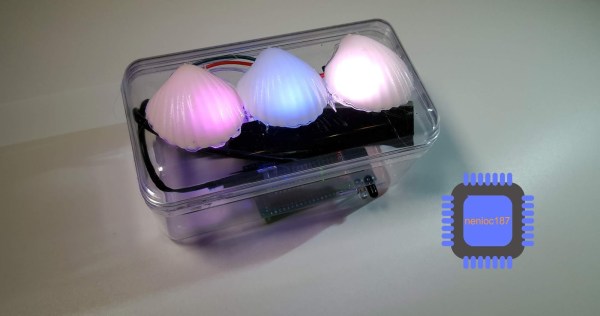If you compare the early PC market for the US and the UK, you’ll notice one big difference. While many US schools had Apple computers, there were significant numbers of other computers in schools, as well. In the UK, pretty much every school that had a computer had an Acorn BBC Micro. [RetroBytes] takes us down memory lane, explaining how and why the schools went with Econet — an early network virtually unknown outside of the UK. You can see the video, which includes an interview with one of the Acorn engineers involved in Econet.
Nowadays, you don’t have to convince people of the value of a network, but back then it wasn’t a no brainer. The driver for most schools to adopt networking was to share a very expensive hard disk drive among computers. The network used RS-422, a common enough choice in Apple computers, spacecraft, and industrial control applications.
Continue reading “Econet – Britain’s Early Educational Network”



















